Le Clos du Peyronnet, France: The legendary English Riviera garden of William Waterfield
Charles Quest-Ritson visits the best English garden on the French riviera. Photographs by Claire Takacs.
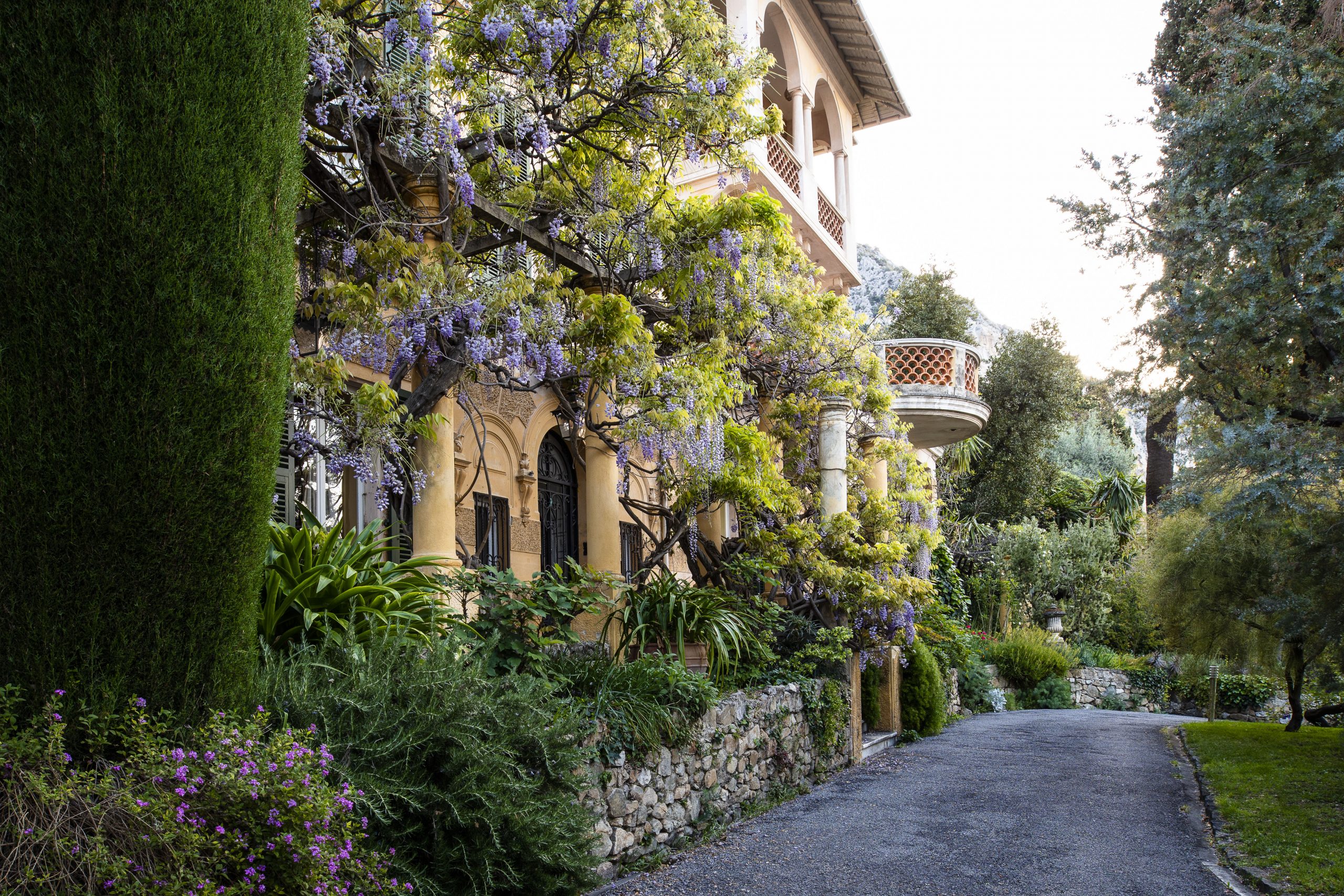
Clos du Peyronnet is renowned as the best English garden on the French Riviera. It surrounds a handsome Belle Epoque villa at the eastern end of the town of Menton, in the upmarket district of Garavan. The Italian frontier and the three-star Mirazur – named last year as Best Restaurant by The World’s 50 Best Restaurants website – are no more than 500 yards away.
The property has been owned and developed by super-plantsman William Waterfield and his family for more than a century and, over the past 50 years, has acquired near-legendary fame among garden-lovers all over the world. The homage of a Country Life article is long overdue.
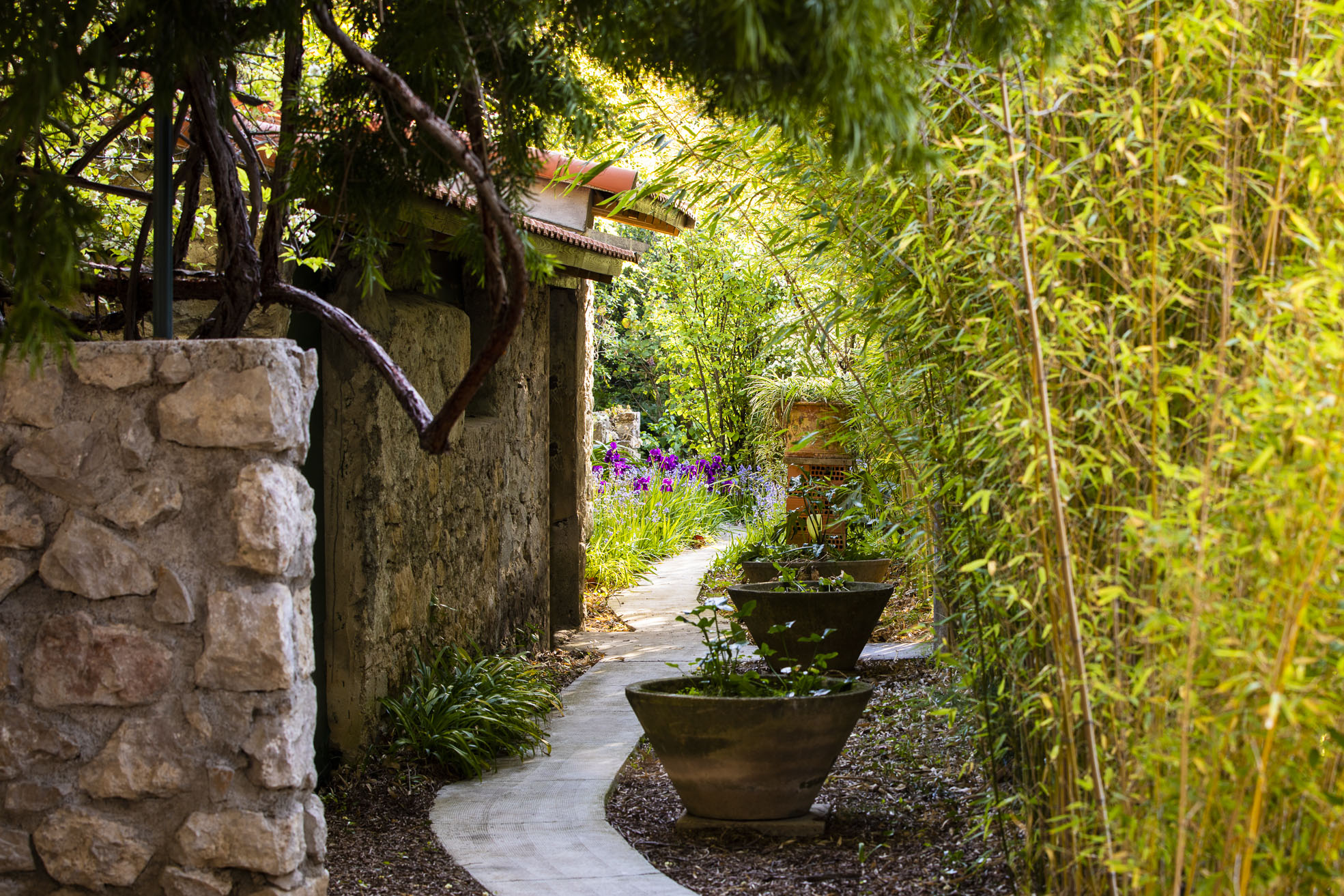
The property was bought by William’s grandparents Derick and Barbara Waterfield in 1912. Derick had abandoned a promising career in the Indian Civil Service on the insistence of his wealthy wife, but, as did many old India hands, the couple recoiled from the cold and gloom of the English winter. Menton had a large population of over-wintering Englishry at that time – their lives revolved around the tennis club, the lending library, the Anglican Church and endless At Homes. For nearly 30 years, the Waterfields wintered at Menton and spent summers in Staffordshire.
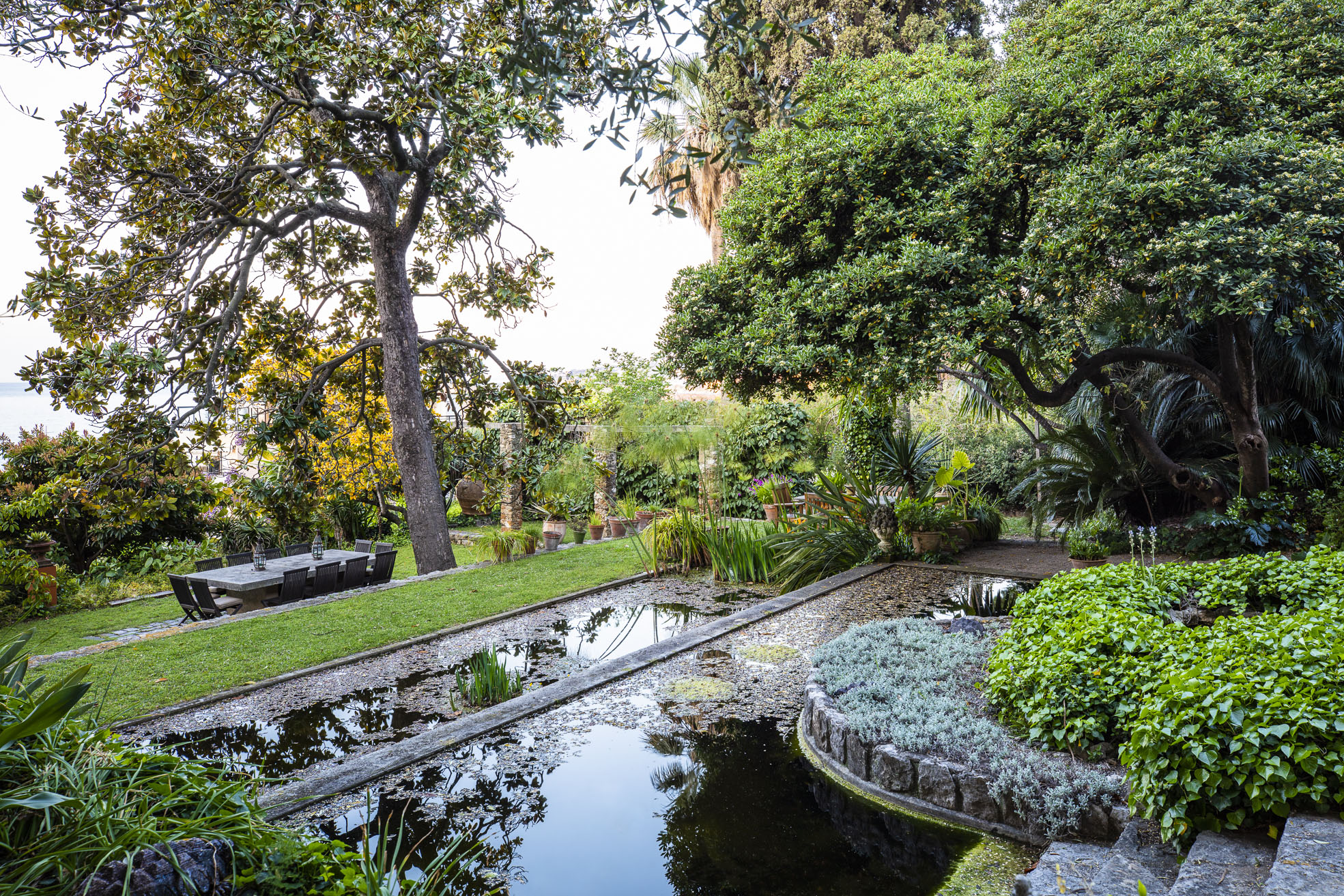
The garden for which Clos du Peyronnet is now so famous was substantially laid out in the 1950s by Humphrey Waterfield, Derick and Barbara’s eldest son. Humphrey was a gifted intellectual who was recommended for a Fellowship of All Souls, but opted for the arguably more fulfilling life of an artist. William inherited the house and garden from his uncle after Humphrey’s untimely death in a motor accident in 1971 and moved to Clos du Peyronnet in 1976, where he has lived ever since. It is the last of the famous English gardens of the Riviera that has remained in the ownership of the same family since before the First World War.
The house was built in 1897, in a style that is variously described as pseudo-Italianate, Beaux Arts or Arts-and-Crafts – within an olive grove, steeply terraced over six levels. The trees are no longer pruned to maximise the olive crop, but are allowed to grow as structural elements of great ornamental value.
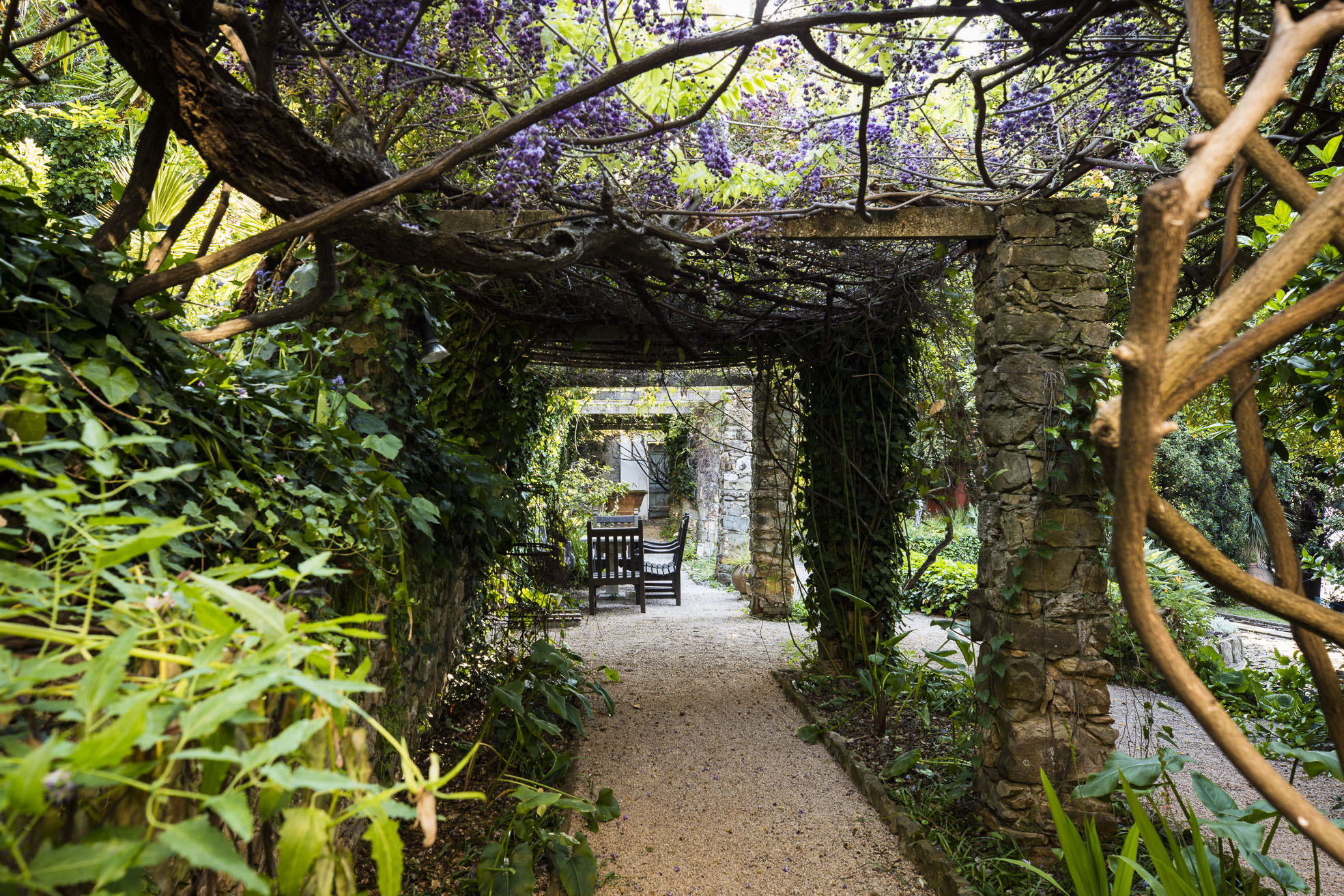
The garden of Clos du Peyronnet is roughly square in shape and no more than 1¼ acres, yet the clever design and intensive plantings make it seem much larger.
It is open towards the sea on its southern side, but otherwise surrounded by high walls. These are lined with cypresses that give further protection from wind, helping to create a microclimate that is exceptional even in Menton, France’s warmest town.
Sign up for the Country Life Newsletter
Exquisite houses, the beauty of Nature, and how to get the most from your life, straight to your inbox.
Little of the original garden survives, but two tall palm trees, Washingtonia filifera, and a handsome Nolina, in the turning circle, predate the Waterfields’ acquisition. So, too, does a gnarled wisteria that winds its way along much of the handsome colonnade at the front of the house.
William’s brother was the art historian Giles Waterfield, whose novel The Long Afternoon (2001) was a semi-fictionalised account of their grandparents’ years at Menton from 1912 until their forced departure in 1940. Giles’s description of the garden is a metaphor for the artificiality and the beauty of their lives: ‘How could the garden not please, created as it was on six long-established terraces climbing the hill, with only the palm trees and the early mimosa, preening itself against the sky – to indicate that this was not the natural countryside of the Riviera?’
'It is the last of the famous English gardens of the Riviera that has been in the same family since before 1914'
Derick and Barbara Waterfield both died in 1940. In the Second World War, Menton was occupied by Italy and house and garden were damaged by Allied naval bombardment and months of guerrilla combat. When Humphrey returned in 1946, he decided to repair the house and re-make the garden. Thereafter, he spent every winter there.
Humphrey had already made an admired garden at Hill Pasture in Essex, which was summed up succinctly by William: ‘Good plants, beautifully displayed.’ Lanning Roper wrote a perceptive appreciation of Hill Pasture for Country Life in 1961. One of the reasons it was so remarkable, he noted, was ‘because it has been conceived by an artist, who has thought in terms of a series of pictorial landscape compositions with architectural and sculptural features and has executed them with careful attention to form, colour and texture’.
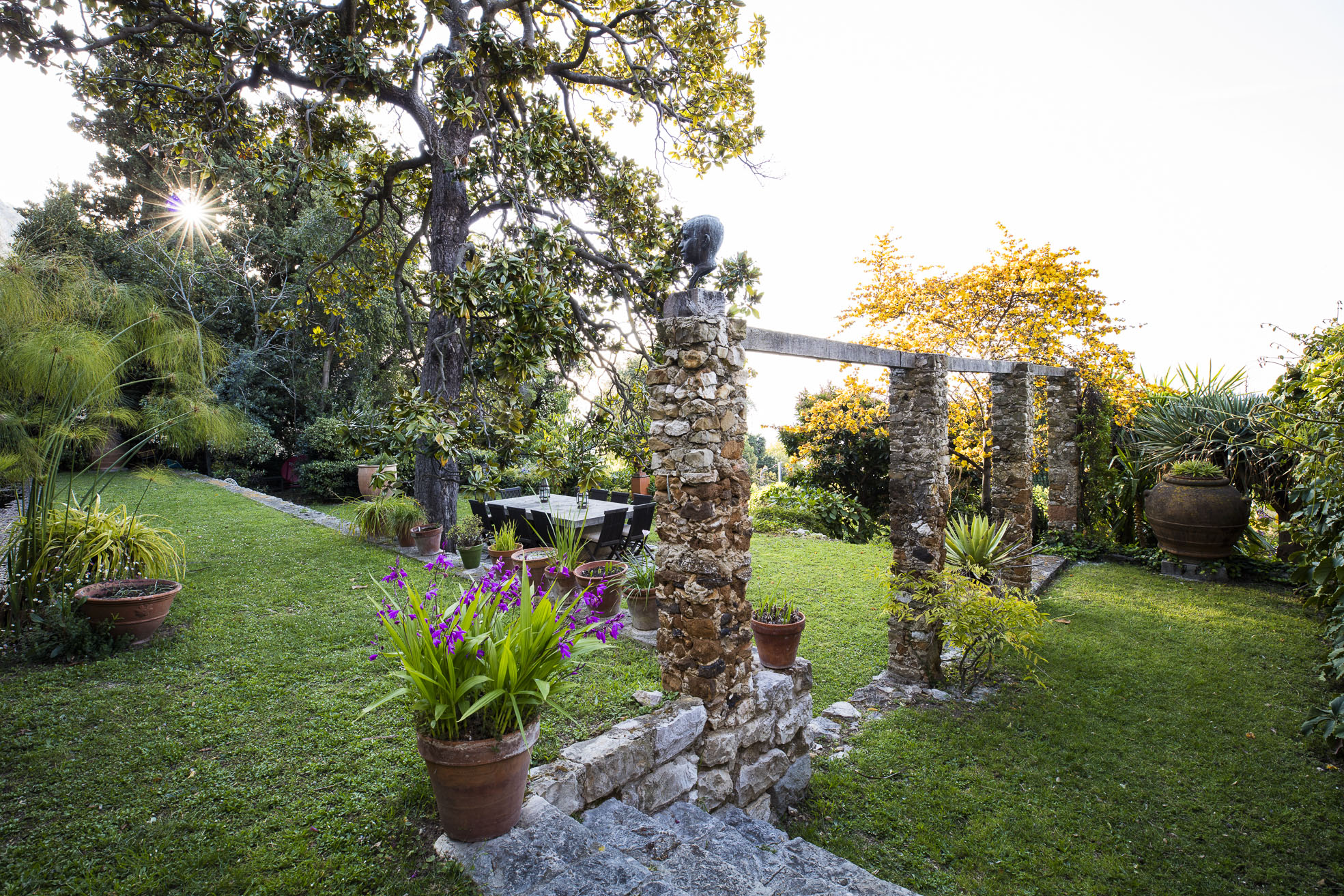
Humphrey applied the same aesthetic to re-designing Clos du Peyronnet. His neighbour at Serre de la Madone was Lawrence Johnston and Humphrey admired the contrasts of light and shade, colour and form, openness and enclosure that made Johnston’s other garden at Hidcote pre-eminent. There is little of Serre de la Madone at Clos du Peyronnet, but much of Hidcote.
Inspired by the great pergola at nearby La Mortola, Humphrey built a stone arcade along the old olive terrace that stretches away from the main dining-room window. The pillars are thick with climbing plants of every sort. On the terrace above, he planted a sequence of cypress arches, Italian pencil cypresses looped together at the top. These were popular in formal gardens on the Riviera in Edwardian times: Harold Peto planted them at Villa Maryland on Cap Ferrat and Dodo Hanbury at La Mortola in the 1920s.
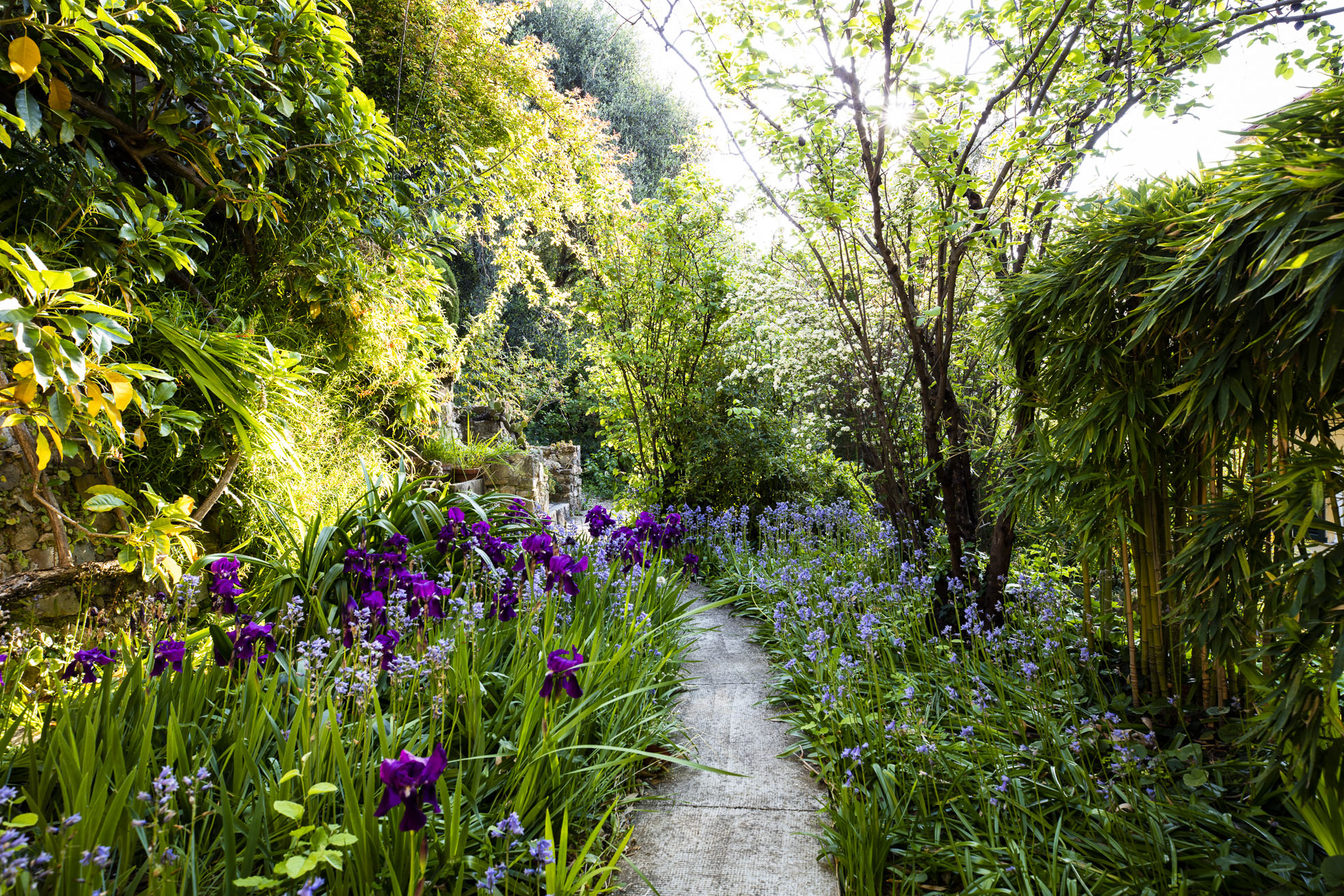
By cutting up the garden into smaller areas, the pergola and the cypress arches at Clos du Peyronnet increase the illusion of space. Yet such is the strength of Humphrey’s design that the urge is not to explore, but to ascend the handsome broad staircases that lead up towards the top of the garden. These vertical axes are framed by agaves, aloes, opuntias and plants of bold, strong structure. Terracotta pots, glazed or plain, some of them acquired from Johnston’s heirs, intensify the Mediterranean ethos.
Humphrey’s most admired innovation at Le Clos du Peyronnet is his Water Staircase – a sequence of reflecting pools, one on each of five terraces, positioned so that, from the top, the Mediterranean becomes the sixth pool, stretching towards infinity. It is the only example within the garden of a borrowed landscape, opening it to the world outside.
'William’s plantings are made with shape, colour and suitability in mind'
William Waterfield was the perfect successor to take over Clos du Peyronnet. He has been careful to preserve the structure as his uncle left it, but, as a man who read botany at University College, Oxford (followed by a Masters degree at Duke University in North Carolina), he has spent the past 40 years filling it with plants of every kind. Plants are his interest and his passion and the small garden now contains some 1,000 different taxa: ‘I am always planting more than I can possibly look after.’
William’s plantings are made with shape, colour and suitability in mind. Behind the house, for example, a narrow path runs between two stone arches: on either side, fruit trees fill the narrow beds, which are edged with white irises. The effect in April is brilliant, but the narrowness of the path and the boldness of the irises stretching from one arch to the other also create an impression of length – and hence of size – in what is really a very small space.
The many smaller trees William has planted include the willow-leaved mimosa Acacia iteaphylla, exotic Eriobotrya deflexa and the Queensland frangipani Hymenosporum flavum. All are carefully sited to suggest the garden is larger than ever. Beaumontia grandiflora, with its large white trumpet-flowers, and Pandorea pandorana from Western Australia climb up the dining-room wall, while the vigorous climbing rose Sénateur Lafollette flowers profusely from February until late April. The collection of about 20 shrubby salvias includes the black-flowered, grey-leaved Salvia discolor in spring and the huge yellow whorls of S. madrensis, at their best in November.
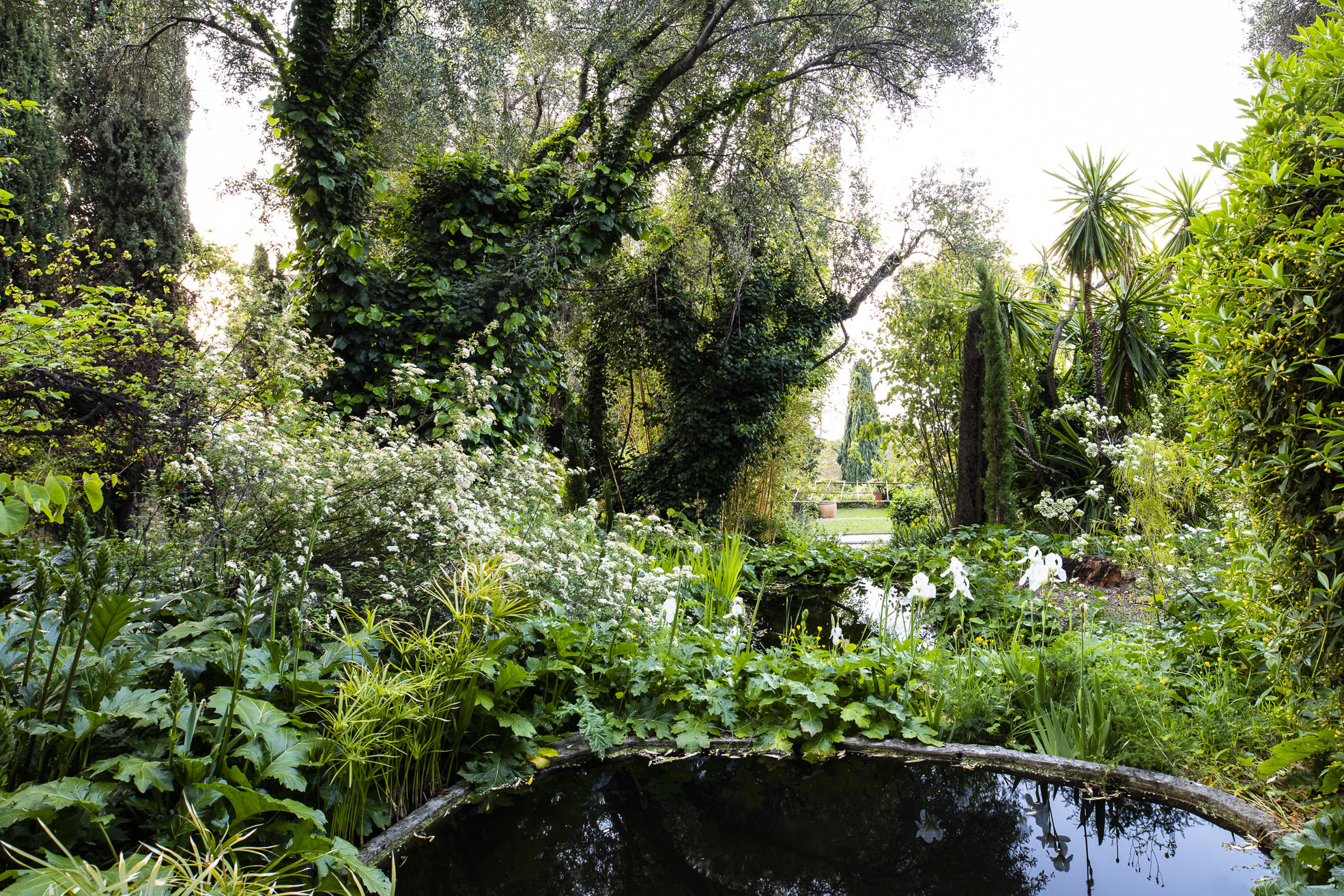
The native wildflowers that spring up in this Mediterranean garden include Acan-thus spinosa, Arisarum vulgare and Arum italicum. Weeds they may be, but they create a lustrous, ground-covering mass of evergreen leaves that contrasts beautifully with the stems of the exotic shrubs and trees among which they grow, as well as conserving moisture.
William loves bulbs and grows 300 different species and cultivars in pots of every size and shape. Many come from Mediter-ranean climates, such as central Chile and the Western Cape. Some flower in spring, others in autumn, the season that William calls his ‘second spring’, and florists’ cyclamen and iris-like Moraea polystachya have naturalised. Among many rarities are the recently discovered autumn snowdrop Galanthus peshmenii, the very local snowflake Acis nicaeensis and a historic collection of old Nerine sarniensis cultivars.
He enjoys experimenting with exotic fruits – lunch or supper with him in autumn is a sequence of new delights. Figs and persimmons are fairly common in Riviera gardens, but here are also lychees, custard apples, macadamia nuts, five different avocados, strawberry guavas, and the unrelated pineapple guava Acca sellowiana (‘tastes like sweet Harpic,’ he confides).

William is a tireless ambassador for English-style gardening in Provence, always generous with his time and knowledge about plants. He is known, all along the Riviera and beyond, for his enthusiasm and personal charm. His achievements were officially recognised in 2007, when he was created a Chevalier des Arts et des Lettres.
He married late and has no children of his own to inherit the garden, but it is now registered and protected as a historic monument. There is, therefore, every hope that the well-being of Clos du Peyronnet will continue for the next 100 years.
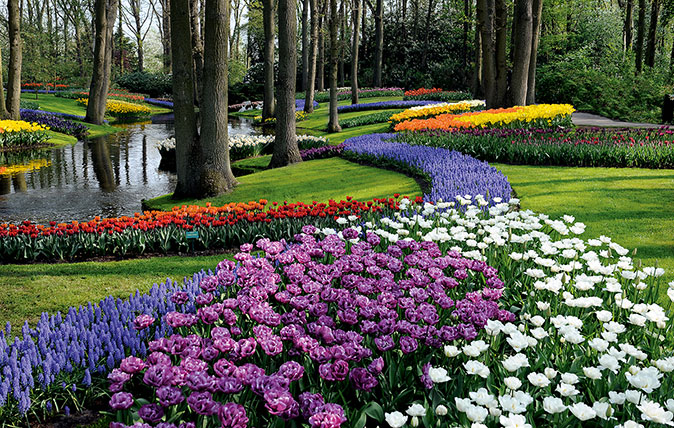
Credit: Stichting Internationale Bloemententoonstelling Keukenhof
The Gardener’s Garden: The ultimate garden book?
It's rare to come across a book of such stupendous beauty as Phaidon's 'The Gardener's Garden'.
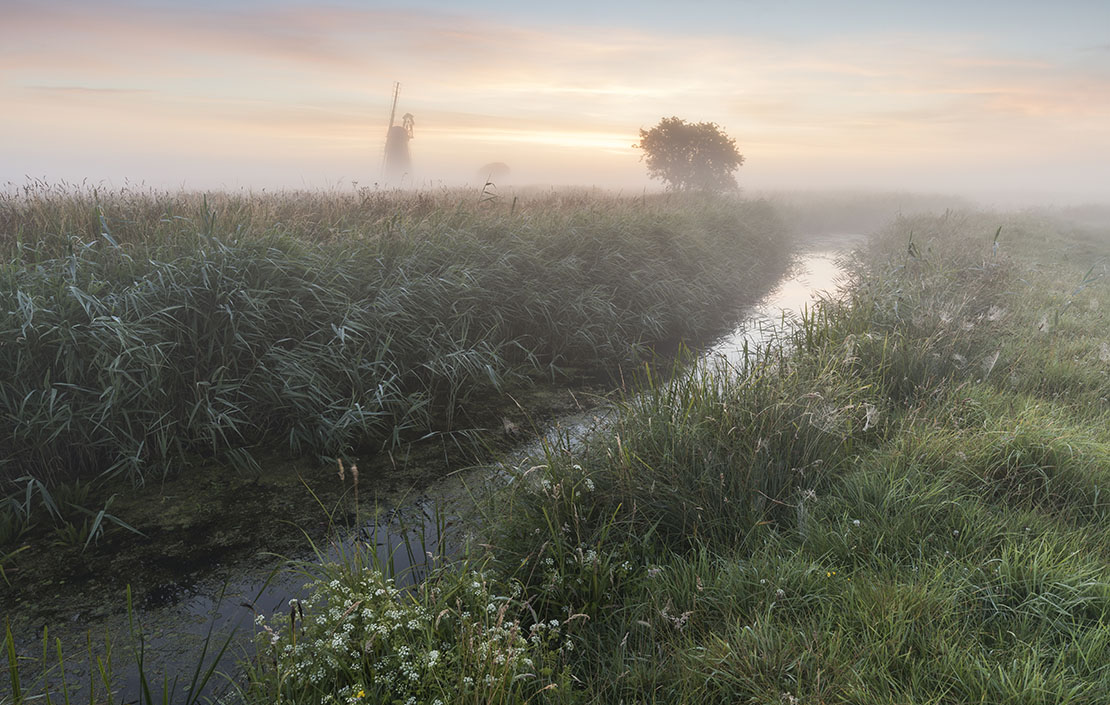
12 spectacular photographs from the International Garden Photographer of the Year competition
These stunning highlights from the 11th annual International Garden Photographer of the Year competition will be on display at the
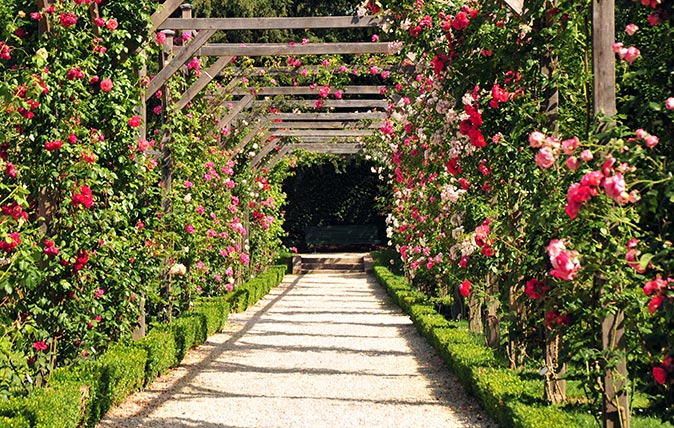
Credit: Getty
A peek behind the scenes at France's annual rose extravanganza at the Parc de Bagatelle
Charles Quest-Ritson, quite literally the man who wrote the book on roses, reveals what goes on at France's annual Concours

Six stunning properties at home and away, as seen in Country Life
Charles Quest-Ritson is a historian and writer about plants and gardens. His books include The English Garden: A Social History; Gardens of Europe; and Ninfa: The Most Romantic Garden in the World. He is a great enthusiast for roses — he wrote the RHS Encyclopedia of Roses jointly with his wife Brigid and spent five years writing his definitive Climbing Roses of the World (descriptions of 1,6oo varieties!). Food is another passion: he was the first Englishman to qualify as an olive oil taster in accordance with EU norms. He has lectured in five languages and in all six continents except Antarctica, where he missed his chance when his son-on-law was Governor of the Falkland Islands.
-
 Diamonds are everyone's best friend: The enduring appeal of one of Nature's sparkliest treasures
Diamonds are everyone's best friend: The enduring appeal of one of Nature's sparkliest treasuresEvery diamond has a story to tell and each of us deserves to fall in love with one.
By Jonathan Self
-
 RHS Chelsea Flower Show: Everything you need to know, plus our top tips and tricks
RHS Chelsea Flower Show: Everything you need to know, plus our top tips and tricksCountry Life editors and contributor share their tips and tricks for making the most of Chelsea.
By Amie Elizabeth White